At 7:00 a.m., a fleet of autonomous delivery vehicles quietly approached the “AI future district” of Pudong, Shanghai in an orderly manner, reporting to their designated stations and office buildings. These are Neolix delivery robots that the local white collars love - not just for their lovely appearances, but also for the fresh, delicious breakfasts they carry. People can simply use their phones to scan the QR codes printed on the delivery robots to pay, then take out the food conveniently from the vehicle body.
These delivery robots would make multiple trips in a day with lunch, afternoon snacks and dinner regardless of the weather. They carry a large variety of food choices, including Chinese, fast food such as KFC and Pizza Hut, as well as fresh fruits and milk tea.Currently, Neolix autonomous vehicles are popular among customers. The autonomous vehicles can arrive at designated points, delivering various types of meals to nearby office workers. It is convenient that customers can use the self-service order, then taking their meals away directly.
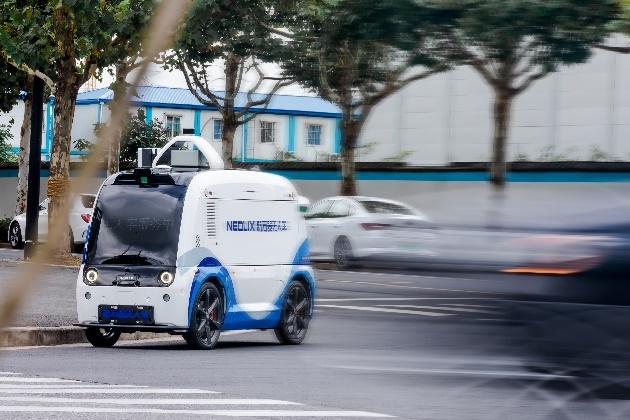
Leading autonomous delivery, one step closer to customers
Since officially entering the field of autonomous retails in 2019, Neolix has commercially deployed in 30+ cities in China including Beijing, Shanghai, Shenzhen, Xi’an an
d Xiamen and 6 international markets including Germany, Switzerland, Singapore, the UAE, Saudi Arabia and Thailand. Neolix’s vehicles have provided smart services to consumers in hundreds of business parks, CBD, parks and college campuses.
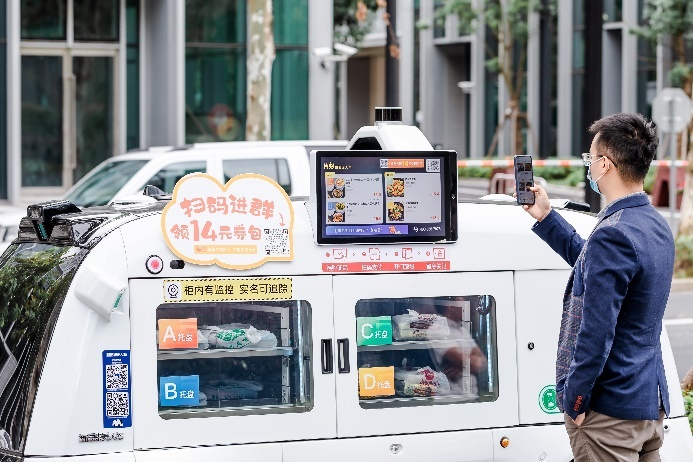
Yu Enyuan, founder and CEO of Neolithic, said:
“Unlike traditional retail business models, autonomous retail is much closer to the consumers. Through autonomous delivery technology innovations, the efficiency of retail business can be further improved, forming a smarter service ecosystem while staying at relatively low cost. We believe that autonomous retail will grow into a trillion-dollar market in the future.”
As a typical application of autonomous driving, the low-speed autonomous delivery vehicles that Neolix focuses on are safer and easier to commercialize in comparison to other ADAS vehicle applications. Neolix recognizes this opportunity, and is committed to develop autonomous retail with autonomous driving technology.
Up till now, Neolix has deployed nearly 1,000 autonomous delivery vehicles with a cumulative safe driving distance of over 1.5 million kilometers, completing more than 1 million delivery orders for over 300,000 users. In addition, Neolix has obtained the first autonomous vehicle open road operation license in China. In 2025, Neolix is planning to expand to 20 countries overseas, covering 800 million users globally.
Excellent R&D capabilities, focusing on L4 autonomous vehicles
Neolix’s L4 vehicles were developed based on a proprietary autonomous driving technology platform. The platform’s multi-sensor fusion capability has built the most comprehensive and robust global mobile retail map. Neolix has developed its own proprietary autonomous driving software in perception, location, prediction, control, and navigation, as well as the electrical architecture. Furthermore, the “Neo Wise” computing platform can re-define and improve its algorithm based on vehicle locations. As of June 2021, Neolix has applied for 724 intellectual properties related to autonomous delivery vehicles.
Operation and mass production capacity are two key advantages for Neolix. Leveraging the AI technology, Neolix has developed a vehicle command system that can remotely control and dispatch vehicles. Neolix has also built an entire auto-grade production line that is capable of design and mass production.
The primary goal of Neolix’s autonomous delivery vehicle solution is to achieve 100% safe operation. Although these delivery robots operate at a relative low speed, most of them are deployed on open roads with pedestrians, traffic lights, pets, children and other unpredictable factors. Neolix’s vehicles also operate in various parts of the world under complex climates, which require a highly reliable sensor solution to accurately identify road conditions.
The “secret weapon” for autonomous delivery vehicles
Neolix chose Hesai’s XT32 lidar as the main sensor for its autonomous delivery vehicles. Combining with cameras and radars, Neolix’s autonomous delivery vehicles could achieve 120m perception range, 50km/h maximum cruising speed, 99.2% 20m fusion perception accuracy, and a 99% 2-55m behavior detection rate.
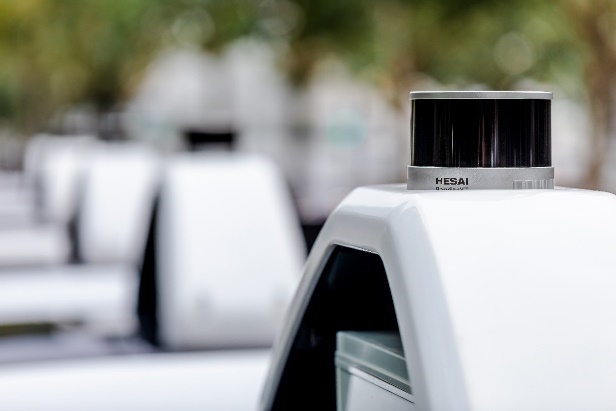
XT32 is a high-accuracy, 360° FOV mid-range mechanical lidar. As a main lidar designed for low-speed last-mile delivery, its detection range is up to 120m and the POD is 90% when detecting targets 80 m away at 10% reflectivity.
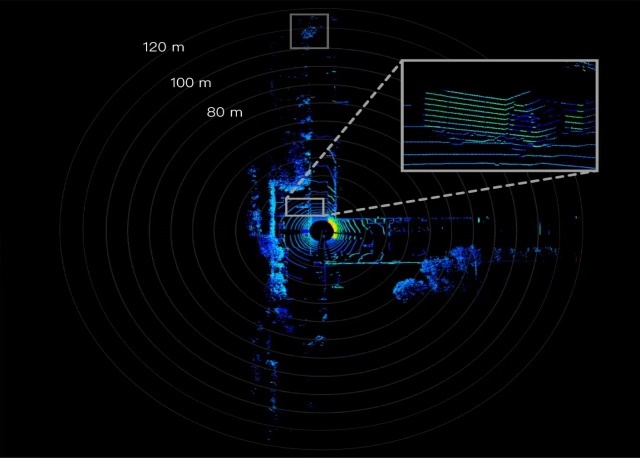
XT32’s highest range precision (1σ) is 5 mm, and the range accuracy is ±1 cm, which are considerably higher than other typical mid-range lidars. In addition, XT32 has passed dozens of reliability tests. Its lifetime is over 30,000 hours under typical working conditions. XT32 has won praises from Neolix for its excellent reliability.
“Hesai has a strict production control process, making high quality, reliable lidars. Under our large-scale vehicle deployments, XT32 has proven its stellar reliability with near-zero breakdowns, fulfilling our needs for operating efficiency. Due to various landscapes, Neolix’s autonomous delivery vehicle requires its main lidar to have 360° blind spot detection with 100m+ range to achieving centimeter-level positioning. In these regards , Hesai's lidar meets our needs perfectly,” said Yu Enyuan, the founder and CEO of Neolix.
Lidars used for low-speed autonomous logistics not only need to "see far" but also need to "see close". It’s dangerous when a vehicle cannot detect objects at near-range. Through the innovative optical transmit-receive module, Hesai has greatly reduced the blind spots formed by the traditional module at close range. Combining with precise installation and adjustment, Hesai’s XT series lidars have achieved true “zero blind spots”.

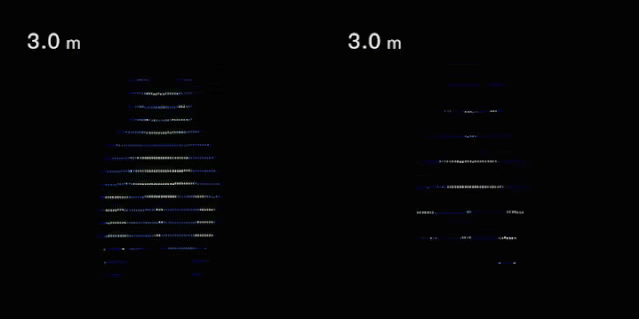
Hesai XT series lidar sensors are equipped with self-proprietary chips, greatly reducing cost and production complexity, while also improving performance and reliability. Furthermore, Hesai’s new manufacturing center for automotive production will commence operation in 2022, with an annual production capacity of over 1 million units. Hesai's strong R&D and production capability will ensure high performance and low-cost products for its customers.
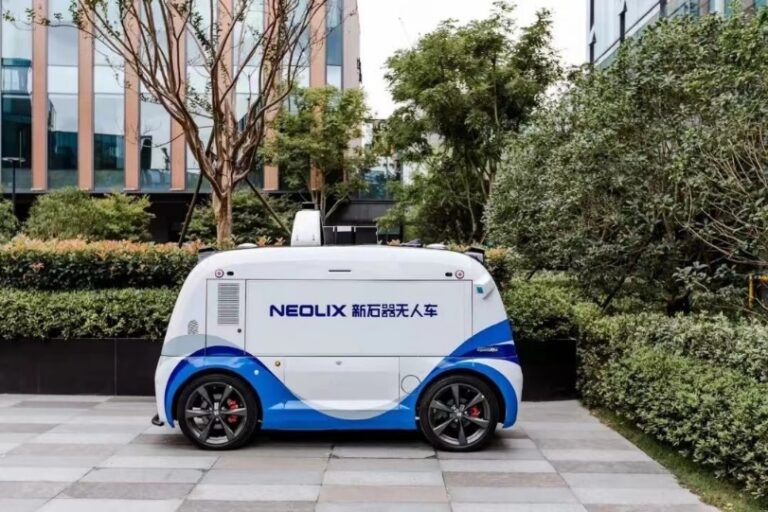
Yu Enyuan said: “We are building a large-scale autonomous vehicle operation network with our own standards of quality and cost-effectiveness. We look forward to working with Hesai to expand the scale of autonomous delivery vehicle operation network, striving towards the goal of deploying 10,000 vehicles.”
About Hesai Founded in 2014, Hesai Technology is a global leader in LiDAR technology for autonomous driving and ADAS. Its vision is to empower robotics and elevate lives through high-performance, reliable, and low-cost 3D sensors. Hesai has developed exceptional R&D capabilities, accumulating deep expertise in optics, mechanics, electronics, and software. Hesai has won customers spanning over 70 cities in 30 countries, including leading autonomous driving developers, OEMs, Tier 1 suppliers, and robotics companies.
Copyright © 2024 Hesai Group. All Rights Reserved.

